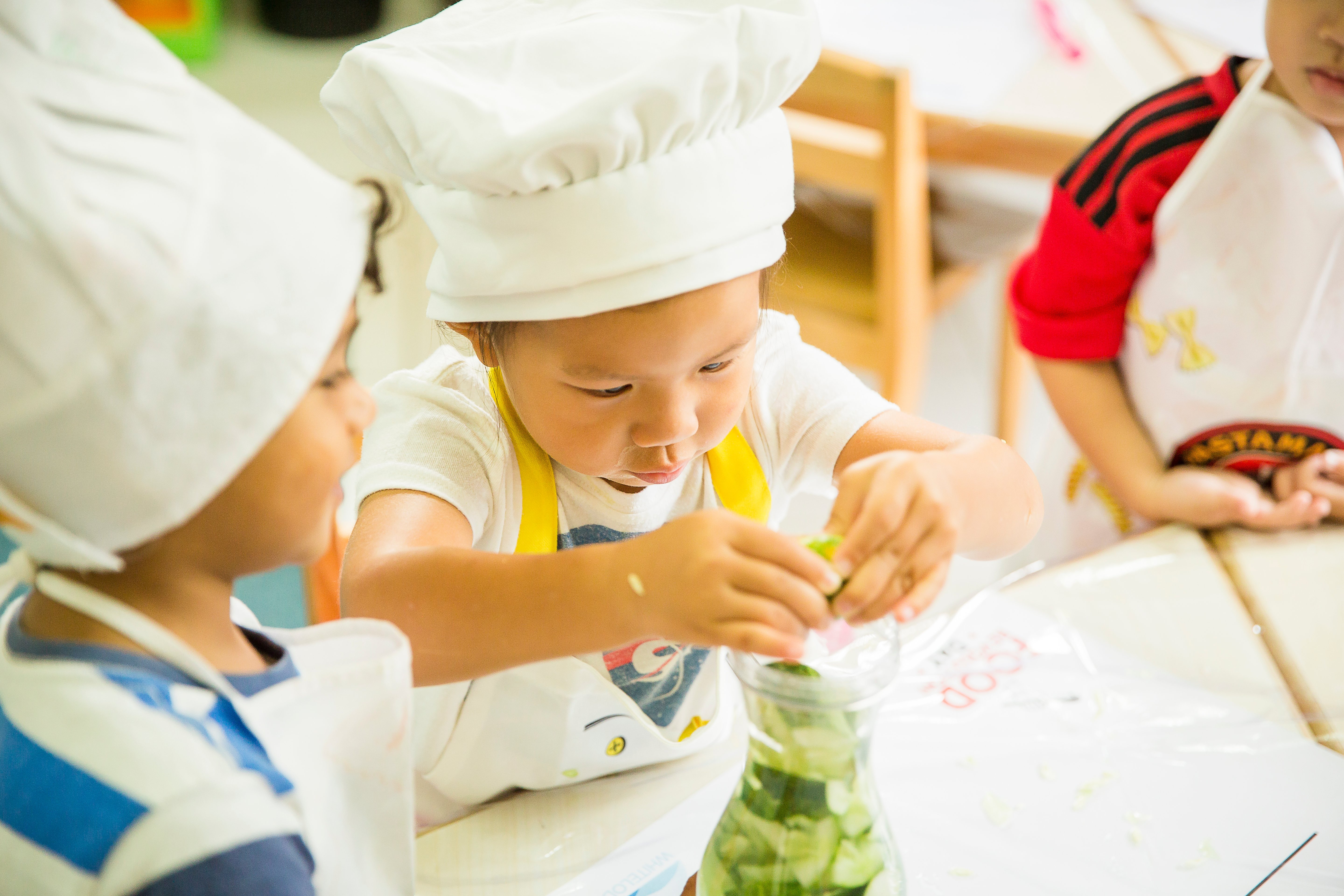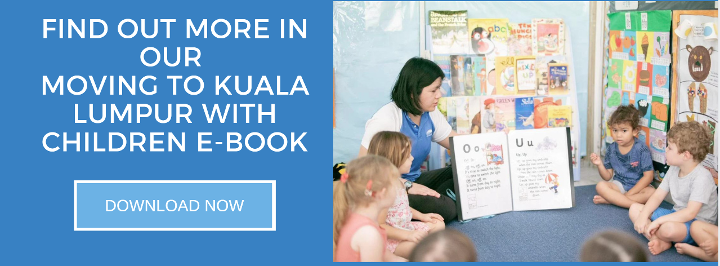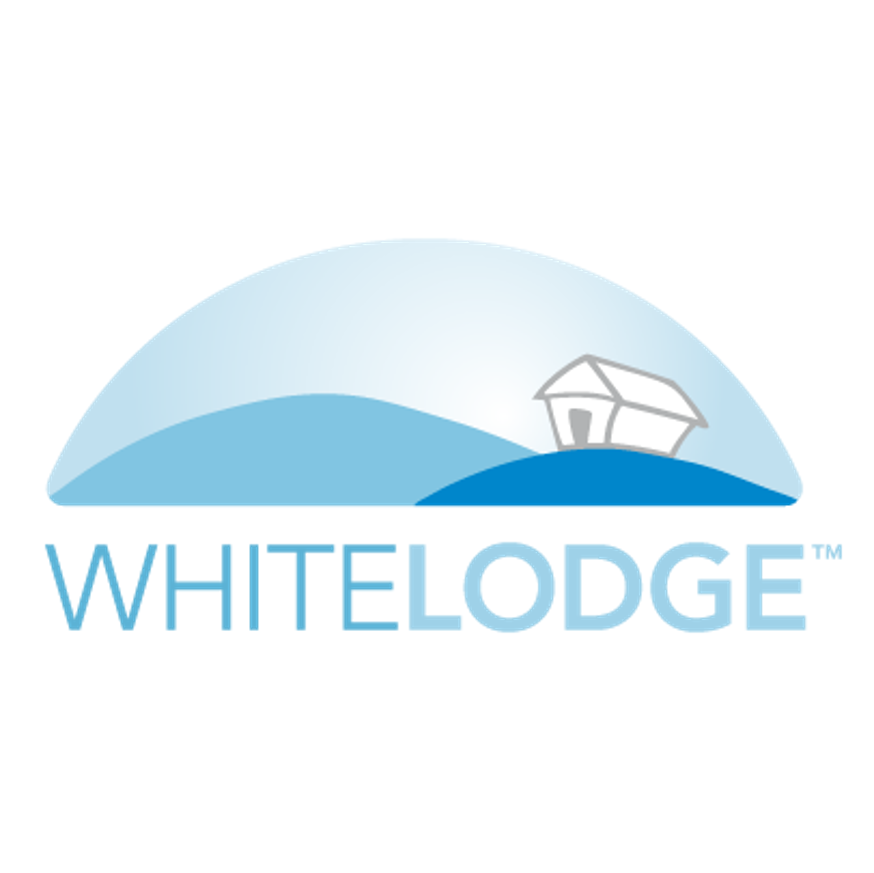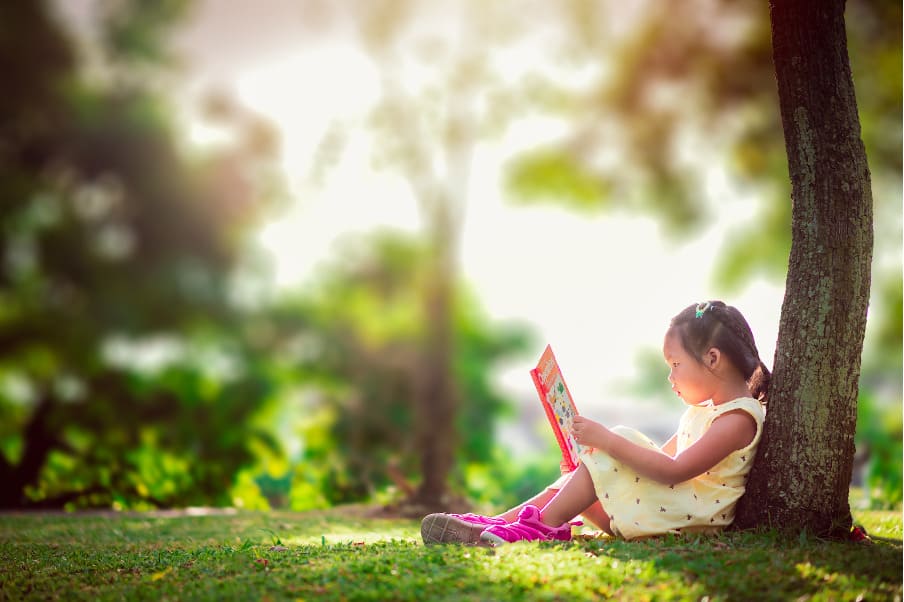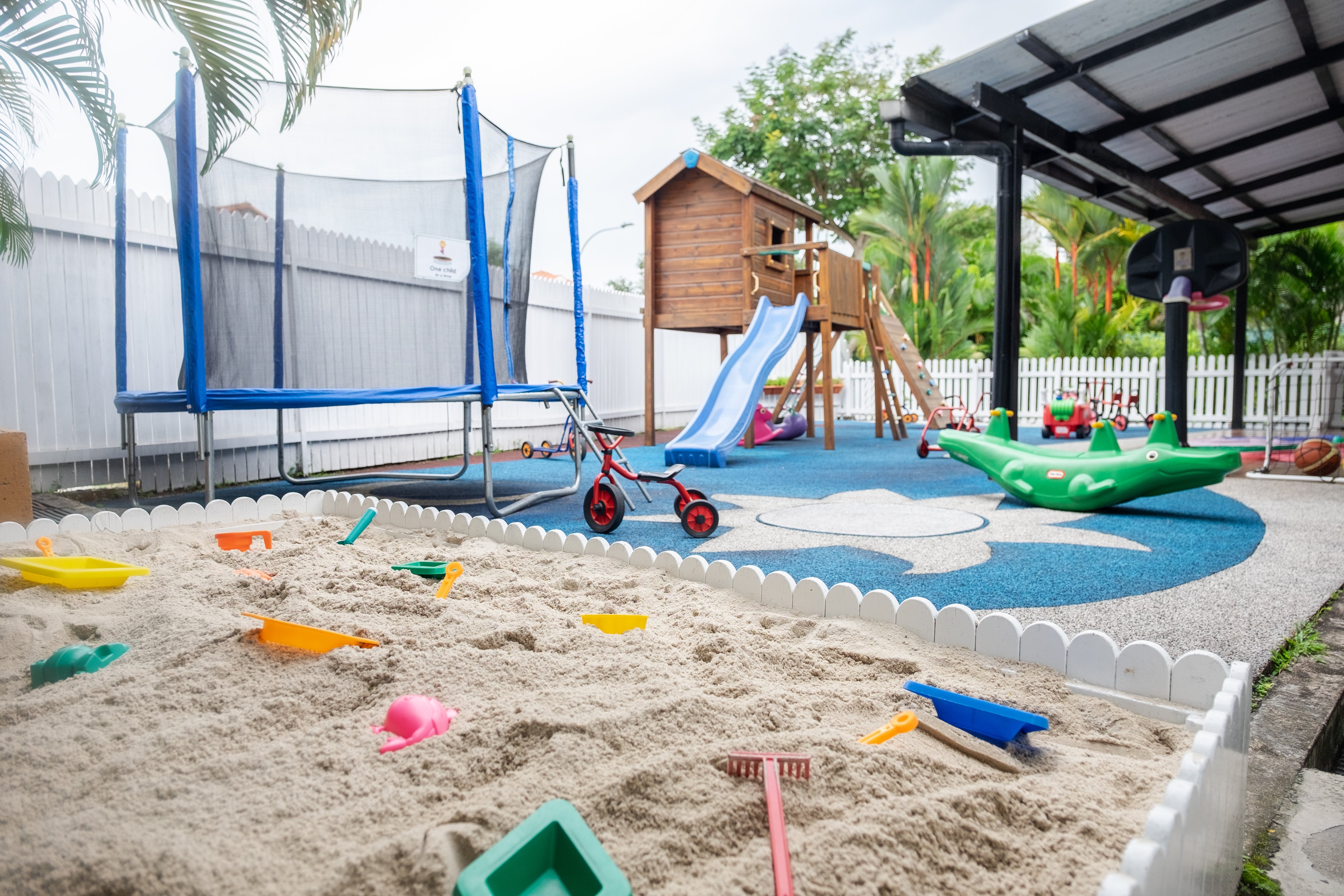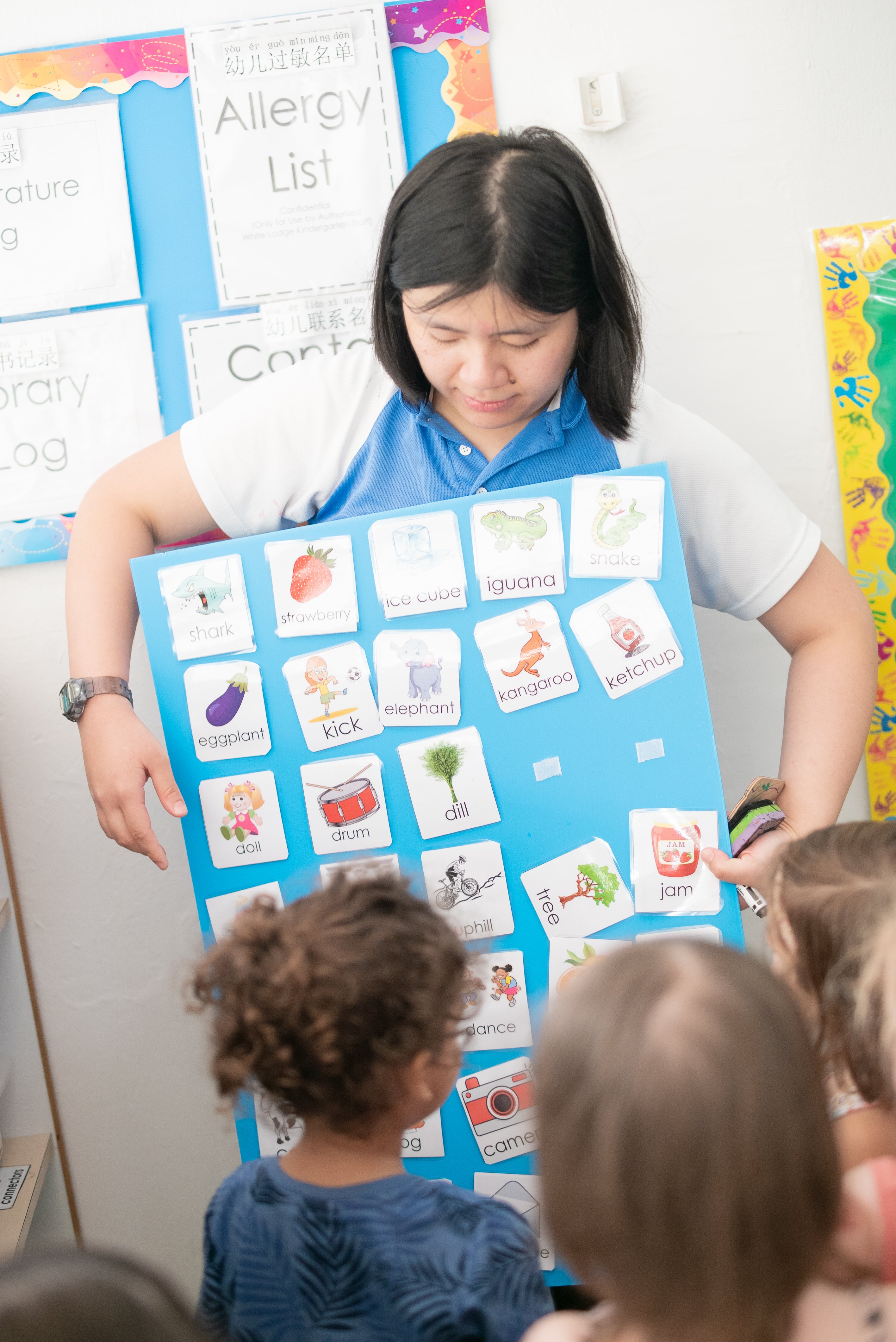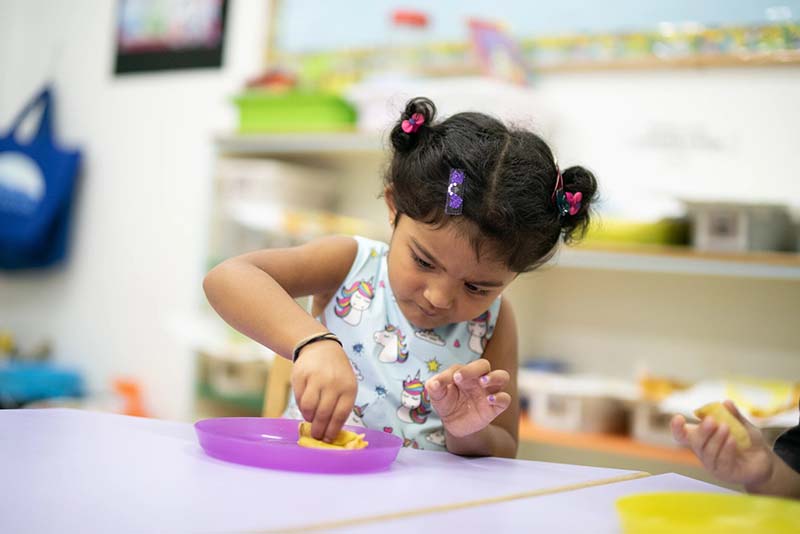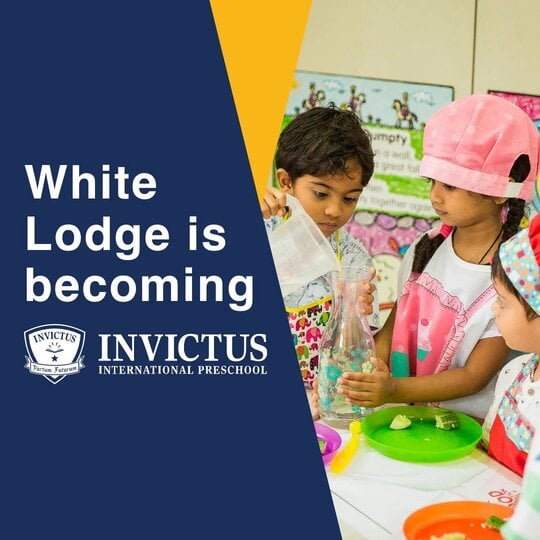For many children, preschool plays a crucial role in laying down their social, interpersonal and educational foundation — from learning the basics such as reading and writing, to interacting with others and practicing empathy.
As a parent, it’s important to ensure the preschool you choose follows a programme that’s suitable for your child’s development. You want them to enjoy their time learning and not learn just for the sake of it whilst you’re in Kuala Lumpur (KL).
However, every preschool and child is different; there’s no one-size-fits-all approach to teaching them. Some are more accustomed to hands-on, playful learning, whilst others take better to textbook exercises.
As a result, there are several preschool curriculums in Kuala Lumpur — from Montessori and Reggio Emilia, to Waldorf/Steiner and combined curriculums. But to help you make the right choice, we’ve put together this quick post explaining the types of international preschool curriculums available in KL.
Malaysian curriculum
Malaysia has its own preschool curriculum called The Standard National Preschool Curriculum (KSPK).
The KSPK guideline is an ongoing initiative by the Malaysian Education Ministry to standardise and streamline the quality of both public and private preschool education.
This curriculum is holistic, with a focus on science, technology, communication, spirituality, attitude and values, humanities, physical development and aesthetics.
Montessori
Developed during the early 20th century, the Montessori method of education was created by and named after Dr Maria Montessori, an Italian doctor and educator.
The Montessori curriculum is one of the most widely used programmes for preschool education and is commonly available in Malaysia.
The programme takes a child-centric approach, aiming to provide a learning framework that’s tailored to each individual child’s developmental needs and interests. It covers five key learning areas, including: Practical Life, Sensorial, Mathematics, Language and Culture. Much of the learning occurs through Montessori toys/tools called manipulatives (such as puzzles and books). Classrooms are mixed age groups, with a focus on building a community of learners that support each other.
Overall, the Montessori curriculum aims to help children to develop socially, emotionally, cognitively and physically.
Waldorf/Steiner
Formed in 1919 by Rudolf Steiner, the Waldorf curriculum (also known as the Steiner curriculum) places emphasis on the appreciation of art, nature and imagination — it’s all about helping children to engage with their minds, hearts and hands.
Teachers and schools have a great deal of autonomy when determining curriculum content, teaching methodologies and governance, but underlying all of this are the areas mentioned above.
As such, curriculums often concentrate on experiential education, allowing children to learn through play, while teachers are encouraged to position themselves as role models for the children, building rapport and a close relationship with them. Media (computers, video or any electronics) is excluded and traditional academics are not involved.
Reggio Emilia
Similar to the Montessori method in that it’s child-centric, Reggio Emillia highlights the importance of community.
With this methodology, parents and teachers are considered “partners” alongside children in the learning process, with the former working together to come up with ideas to create the best learning environments and experiences for the children.
Reggio Emilia curriculums take a project-based approach, with teachers giving assignments and longer projects that are based on the children’s interests. The students lead and choose how those projects are run. As well as projects, children are encouraged to deliver presentations, collaborate and discuss what they would like to learn about.
British curriculum
The British curriculum is by far the most popular curriculum offered by international schools in Malaysia. However, it’s common for international schools to offer more than one curriculum.
The British curriculum is a broad and balanced framework that includes all of the major arts, sciences and humanities subjects. The syllabus is fortified by a systematic, rigorous and discipline-driven approach — it keeps track of progress and encourages achievement, all the way from preschool to university level.
Combined curriculums
Many preschools in Kuala Lumpur adopt best practices and principles from the curriculums mentioned above and combine them into their own programmes.
For these preschools, the curriculums mentioned are foundations for new learning programmes, individual education or used to support teaching across different languages. This approach is also used to prepare students for primary and secondary school.
What’s the best preschool curriculum for your child?
Now that you have a better understanding of the preschool curriculums available in Kuala Lumpur, it should be easier for you to determine which is best for your child.
Our advice would be to check out the preschools that have learning methodologies that take your interest and coincide with how your child learns and interacts. Remember, many preschools take elements of each of the above methodologies and combine them with new learning programmes, so there’s something for every child.
If you’re moving to Kuala Lumpur with your children and want to find out more beyond what types of preschool curriculums are available, e.g. amenities, food and drink, activities, places to stay — you can check out our guide here.


